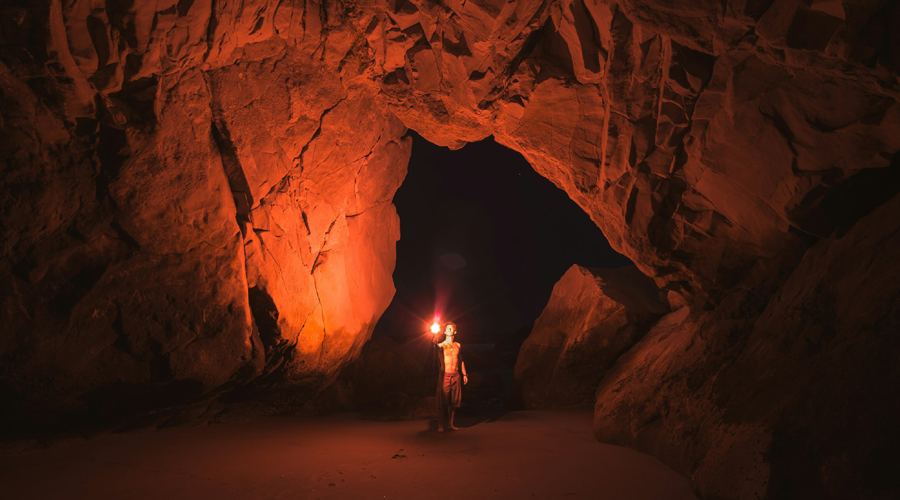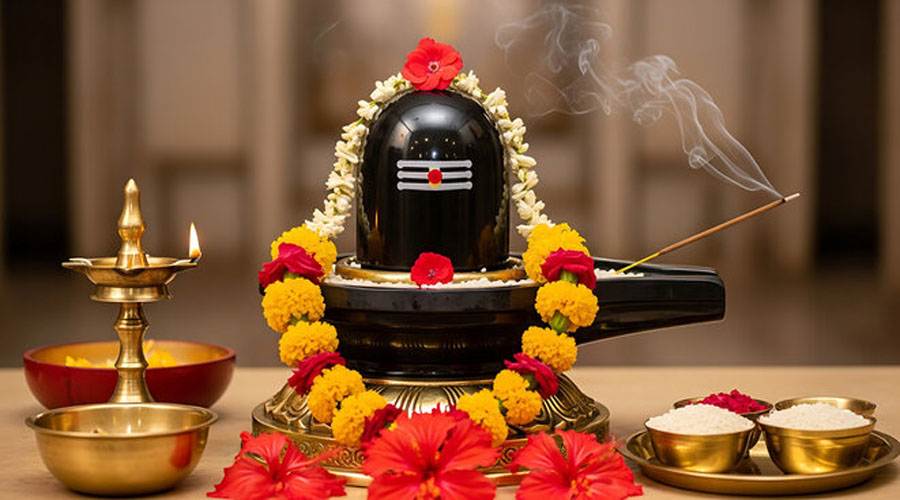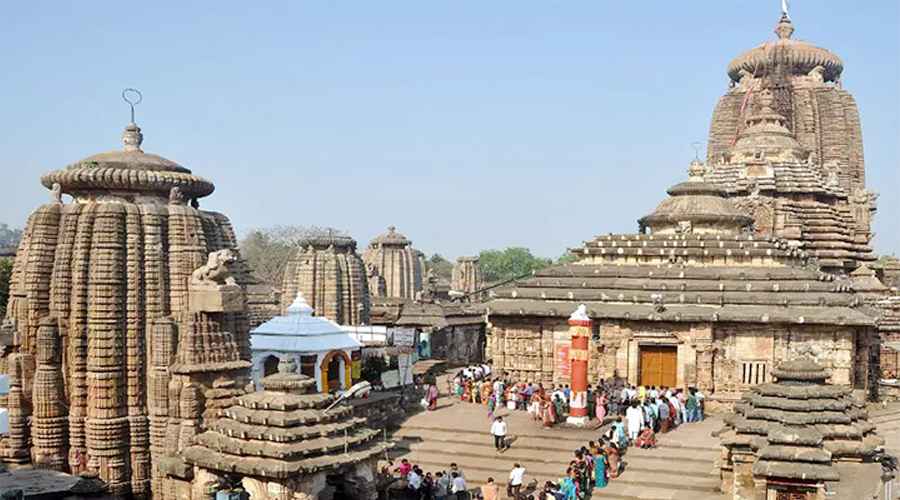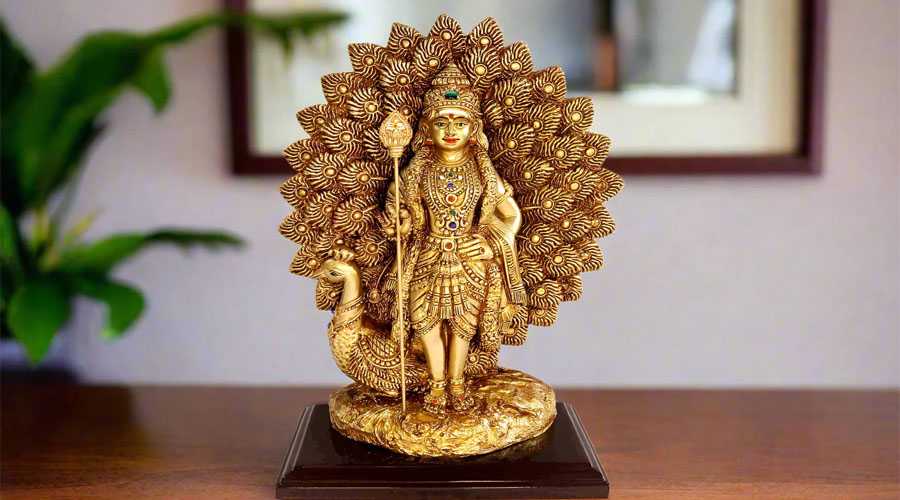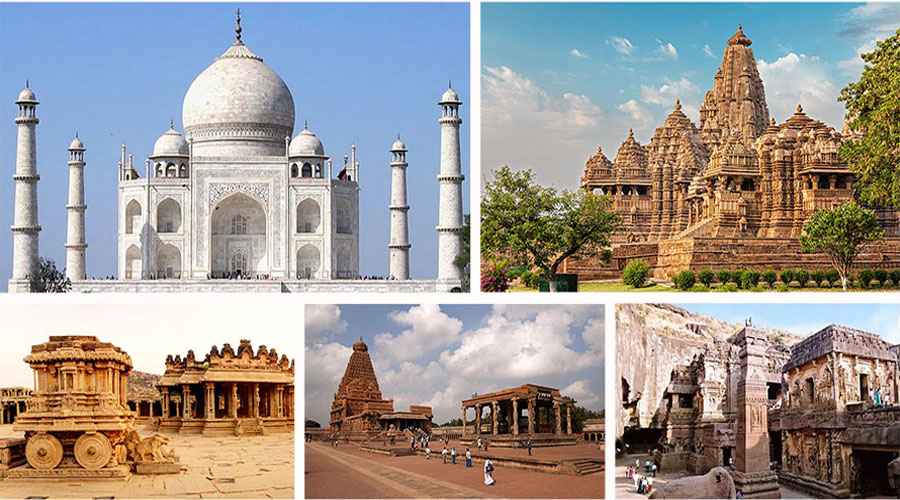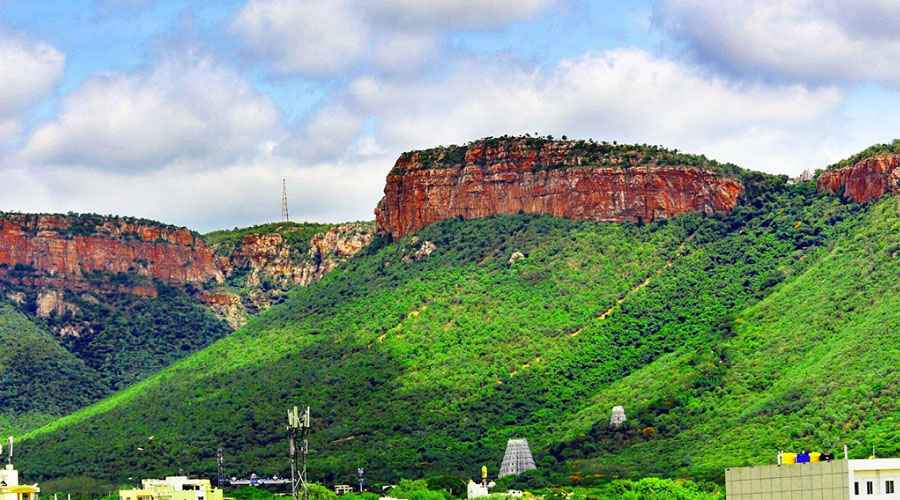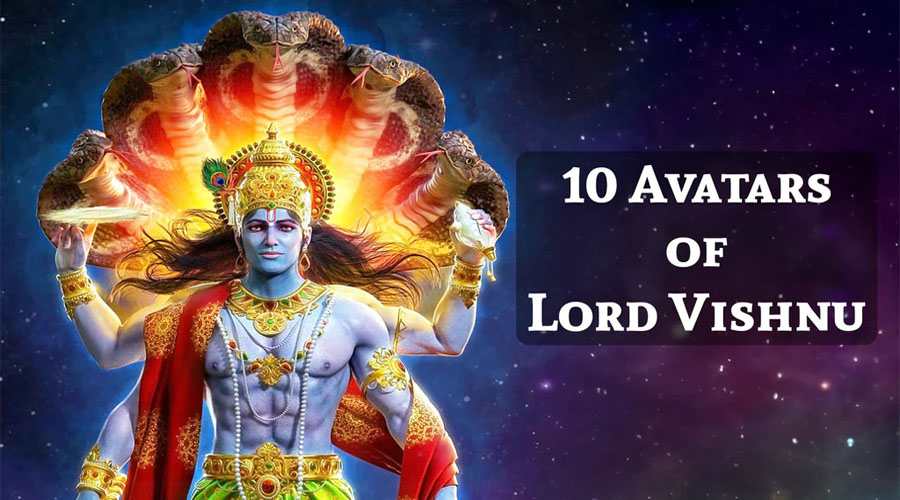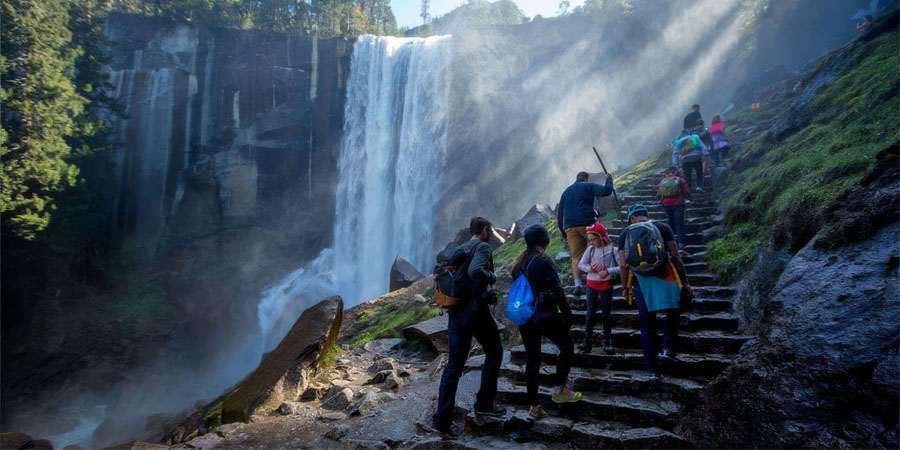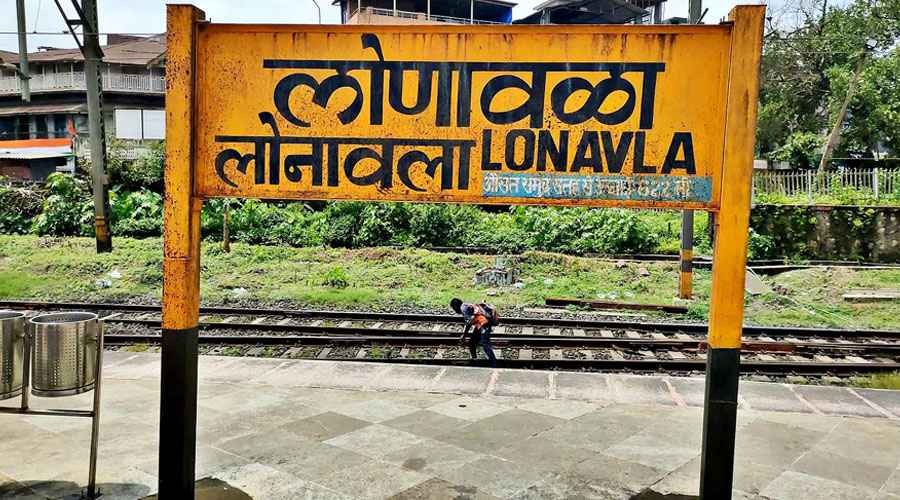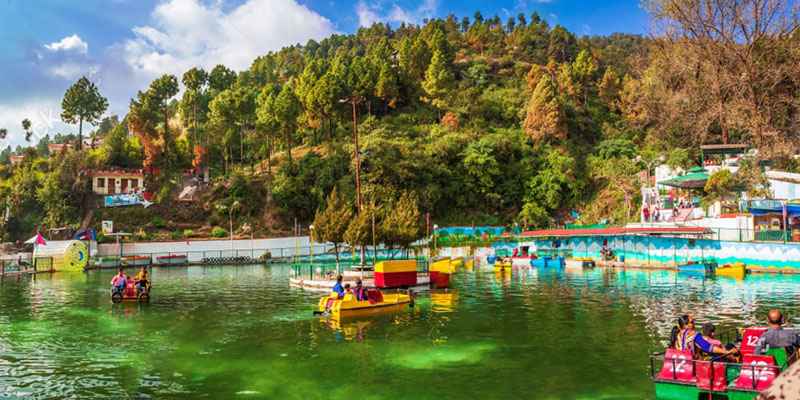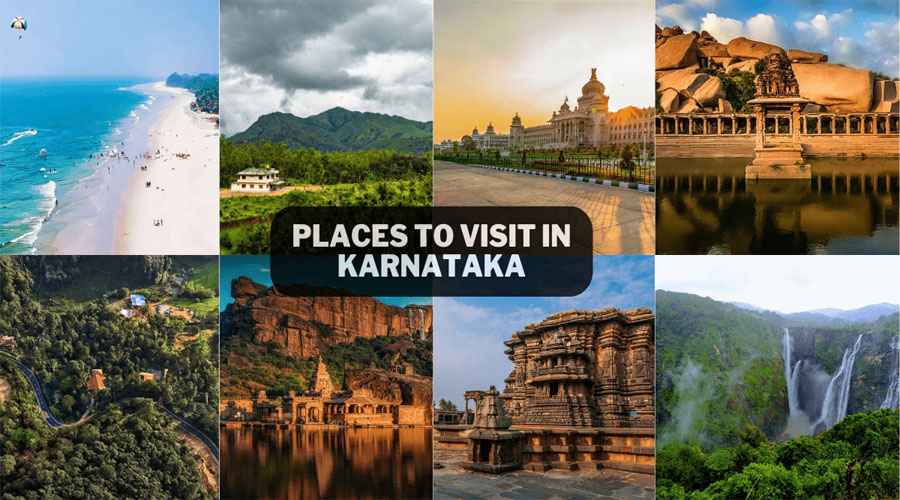Guna Caves, also known as Devil’s Kitchen, is a natural landmark in Kodaikanal with a rich and mysterious story behind its formation and name. Here is an 800-word unique article on the story behind Guna Caves:
The Story Behind Guna Caves: Kodaikanal’s Mystical Enigma
Hidden amidst the serene hills of Kodaikanal in Tamil Nadu, the Guna Caves stand as one of the most mysterious and captivating natural phenomena in South India. More than just a geological formation, these caves hold stories woven from mythology, cinematic fame, and folklore, along with a touch of natural wonder and danger. The story behind Guna Caves is a fascinating blend of history, legend, and modern popular culture, making it a unique attraction for adventurers, nature lovers, and storytellers alike.
Discovery and Naming: From Devil’s Kitchen to Guna Caves
The caves were first documented in 1821 by an American man named B.S. Ward, who explored the region and named this formation the “Devil’s Kitchen.” The name evoked images of darkness, mystery, and even danger, which aptly matched the eerie atmosphere created by the deep, narrow rock crevices and the dense surrounding forests. The exact origin of the caves is believed to be millions of years old, formed naturally due to the weathering and erosion of rocks.
For a long time, these caves remained relatively obscure, known mainly to local tribes. Their unique rock formations and deep chambers were largely untouched and unexplored by the wider public.
However, everything changed in the early 1990s when the Tamil film “Guna,” starring the legendary Kamal Haasan, chose these caves and their surrounding mystical environment as a filming location. The film’s haunting storyline and atmospheric visuals forever linked the location to the movie’s name. As a result, the caves popularly became known as the Guna Caves, replacing the earlier foreboding moniker of Devil’s Kitchen.
Mythological Legends: The Pandavas’ Hidden Kitchen
One of the enduring legends that adds to the mystique of the caves is their association with the Hindu epic Mahabharata. According to local folklore, during the period of exile (Vanavasa), the Pandavas are said to have taken shelter in these caves. The legend further claims that the caves were used by the Pandavas as a hidden kitchen to prepare their meals safely away from their enemies. This idea of a secret, protected place of sustenance in a cavern embedded in dense forests and giant rock formations fits well with the caves’ dark, narrow, and labyrinthine structure.
This mythological connection adds a spiritual and historical depth to the caves, attracting visitors intrigued by epic tales and ancient traditions. However, while this legend enriches the story, there is no archaeological proof supporting this claim; it remains part of the vibrant folklore surrounding Guna Caves.
The Natural Mystery and Danger
Guna Caves are famously dangerous due to their deep chasms and narrow passages. The cave complex is made by giant boulders stacked vertically, creating multiple layers and hidden chambers beneath. Over the years, there have been multiple incidents of disappearance and fatal accidents inside the caves, which contributed to their dark reputation.
Many visitors have reportedly fallen into deep holes that are difficult to rescue people from. One tragic case made headlines— in the mid-1990s, a relative of a central government minister disappeared inside the caves. Since the early 2000s, authorities have closed the caves to the public to prevent further accidents, but warned explorers sometimes ignored these restrictions, leading to ongoing tragedies.
A tale that gained attention involved a group of friends from Kerala in 2006, when one among them fell into a hole and was rescued after an intense effort by friends and locals. This incident was so impactful that it inspired a Malayalam movie in 2024. These stories and real dangers further deepen the mysterious aura of the caves.
Why “Devil’s Kitchen”?
The original name “Devil’s Kitchen” conjures dark and possibly supernatural imagery. There are two main theories explaining this name:
- Bats and Darkness: The caves are home to large colonies of bats, which often flutter around the cave entrance. Bats have long been symbols of darkness and mystery, and their presence in great numbers likely gave rise to the “devil” association, reflecting fear of the unknown.
- The Dangerous Terrain: The treacherous, maze-like nature of the caves, with narrow pathways and sudden steep drops, means that a single misstep could be fatal. This inherent danger earned the caves a reputation as a perilous place, metaphorically likened to a devil’s kitchen where unfortunate souls meet their doom.
Combining these ideas with local superstitions and tribal legends, the name “Devil’s Kitchen” reinforces the aura of caution, mystery, and allure that still surrounds the caves.
The Cinematic Connection and Tourism Impact
The Tamil movie Guna (1991) was a watershed moment for the caves. Filmed extensively around the cavernous rocks and foggy forest, the movie showcased the caves’ eerie beauty and brought their dramatic appeal to a wide audience. The haunting soundtrack and intense plot elevated the caves from a natural curiosity to a pop-culture icon.
Since then, tourism around Guna Caves has surged, though authorities now strictly regulate access for safety reasons. While earlier visitors could enter the cave’s depths, currently only the surrounding views and entry points can be safely explored.
The caves remain a favored site for photography, trekking, and storytelling, maintaining their appeal as a place where nature’s marvels meet human imagination.
Conclusion
The story behind Guna Caves is not just about rock formations or geography; it is a rich tapestry of history, myth, cinema, and mystery. From being the eerie Devil’s Kitchen discovered centuries ago, to becoming the cinematic backdrop of Guna, these caves represent how nature, legend, and culture intertwine.
Whether inspired by tales of the Pandavas’ exile, wary of its hidden dangers, or drawn by its haunting beauty immortalized on film, visitors to the Guna Caves engage with the site’s compelling story—a story of intrigue, adventure, and the inexplicable allure of the unknown.
